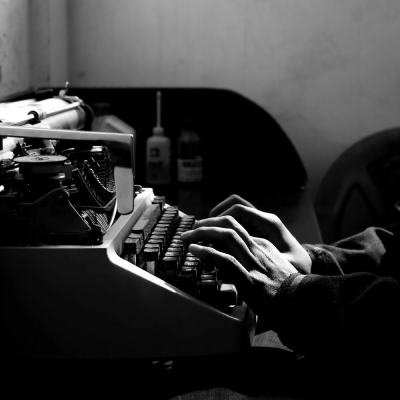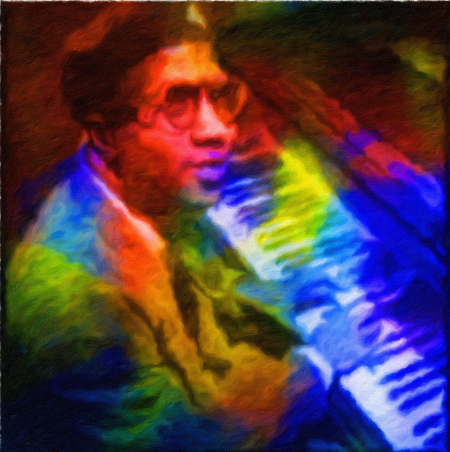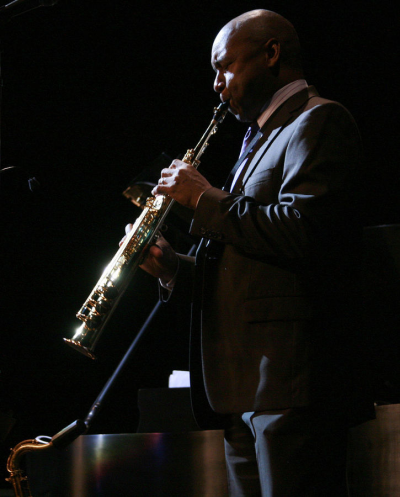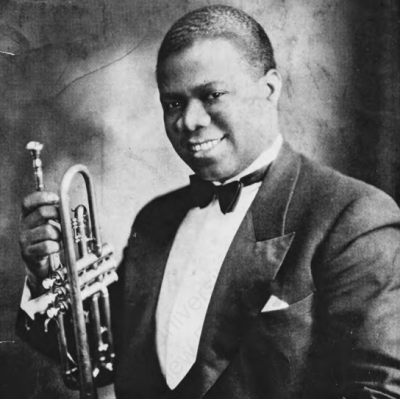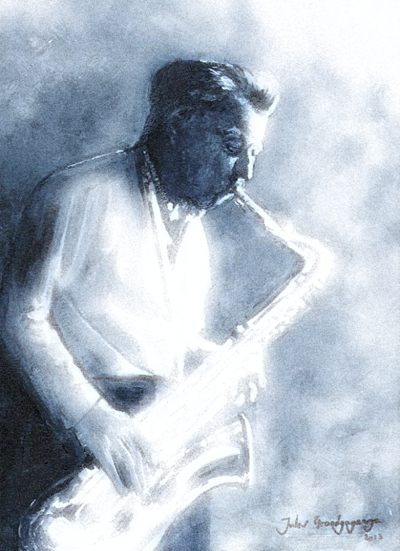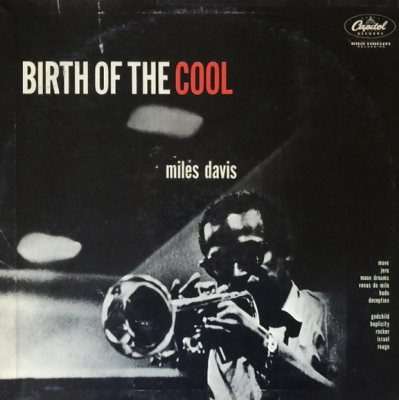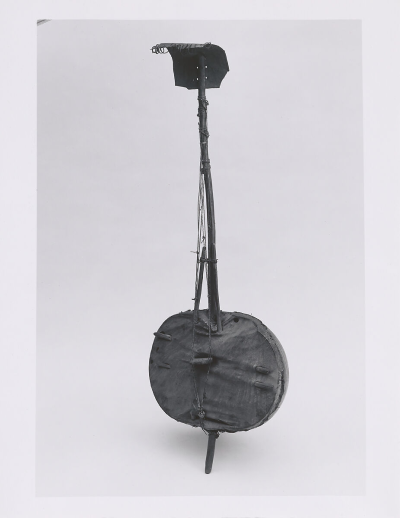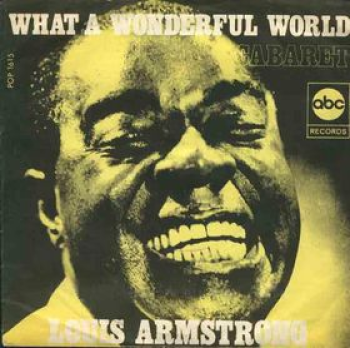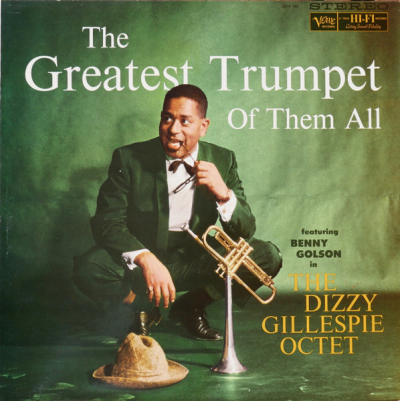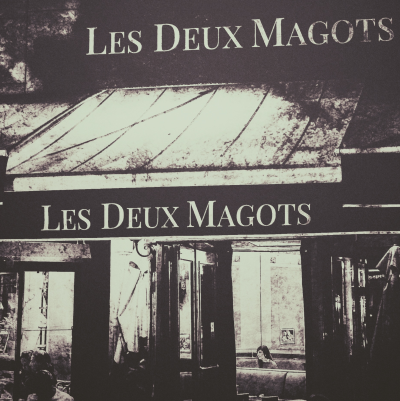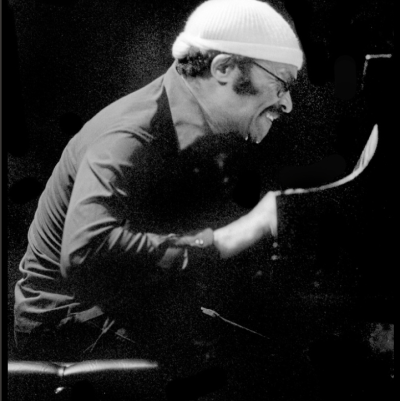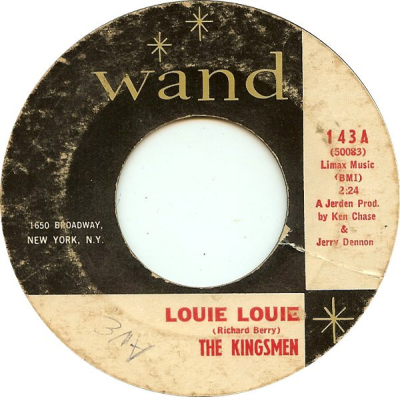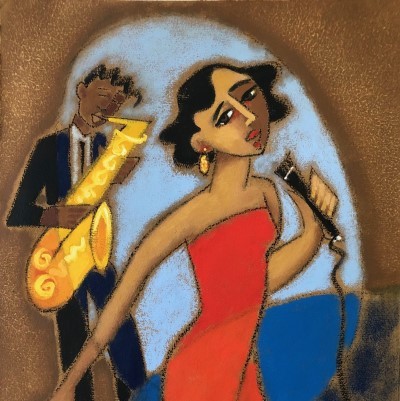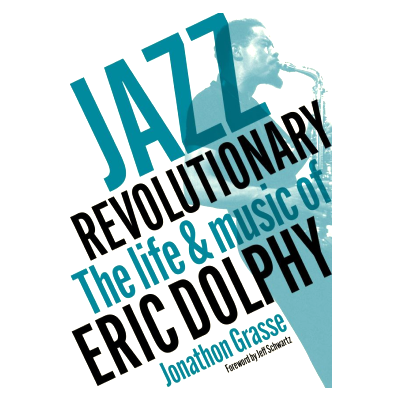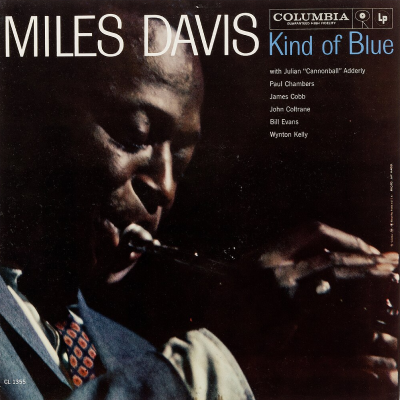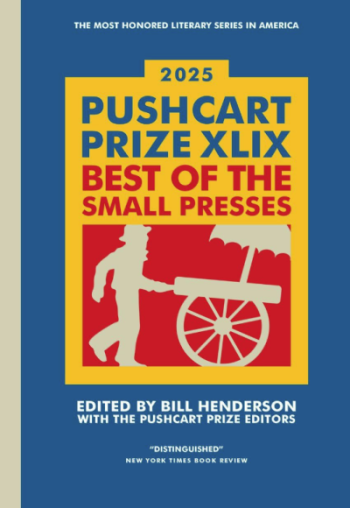This morning came news of the passing of Meadowlark Lemon, the face of the Harlem Globetrotters for more than 20 years, his peak coming during the height of the civil rights movement. It was a complex time to be a Globetrotter, who at one time (prior to Lemon’s tenure with the team) was a legitimate and powerful basketball entity that was so good in 1948 it beat George Mikan’s Minneapolis Lakers, to that of a team so focused on clowning that, in the words of Bruce Weber in today’s New York Times obituary, “some thought to be a discomforting resurrection of the minstrel show.”
It was also a complex time to be a fan of the Globetrotters, whose occasional appearance on national television always elicited my great enthusiasm and anticipation of the laughter Lemon would provide, which was awkward considering that the accompanying images of the time — often taking place 15 miles from my house — were those of protests, marches, persecution and bigotry.
In 2005 I was privileged to interview Ben Green, author of the definitive biography of the Globetrotters, Spinning the Globe: The Rise, Fall and Return of the Harlem Globetrotters, and in this excerpt we spoke about the complexity of this era of Globetrotter basketball…
_____
JJM Their other great rivalry was with the Minneapolis Lakers, whose best player was the center George Mikan. Returning to this issue regarding racial stereotypes and minstrelsy, you wrote, “The rumblings of the civil rights movement are still faint, barely audible in the distance, but in another four years, in the upsurge of the Brown decision and the Montgomery bus boycott, Abe Saperstein and the Harlem Globetrotters will be pulled inexorably into that swirling vortex, will come under stinging attacks, from blacks and whites alike, for being Uncle Toms and Sambos, Stepin Fetchits in short pants.” Why didn’t the Trotters’ wins over the Lakers help break down this image of theirs?
BG In some ways it did. For one, the Globetrotters’ wins over the Lakers sealed the fact that they could play ball with anybody. From 1948 and throughout the fifties and early sixties, people knew they could play. Besides playing the Lakers, they played an entire series of games with College All-Americans, who were put on the road with the Globetrotters. The games sold out from one end of the country to the other.
Their image beyond basketball continued to take a hit because of what was happening in the civil rights movement, and by the sixties and seventies, the black community had fully turned on the Globetrotters. At that time, all kinds of issues of black identity — everything from hair styles to how to refer to the race itself — was up for grabs. So, the image of Meadowlark Lemon left an impression of the Globetrotters’ “Tommin’ for Whitey” that really haunted them at this point in time, and the black community turned against them. This is in stark contrast to the times they beat the Lakers in 1948 and 1949, when they were heroes to the race. The black community revered them in the same way they had for Jackie Robinson or for Joe Louis because the Globetrotters proved they could beat the best white team in the country. But later, when all the racial issues of the sixties came to the forefront, the Globetrotters were seen as a relic of the past.
JJM The Globetrotters faced a complex dilemma because while they broke down some of the fears whites had about blacks — which at the time was very essential — they did so at the expense of their image with black Americans. Basically, they were damned if they did and damned if they didn’t.
BG Some of the most interesting comments I heard on this subject were not from the ballplayers, but from their African American fans. I asked one guy who attended the 1948 and 1949 games against the Lakers if he felt like the Globetrotters’ show was at all demeaning, and he said that, to the contrary, they waited for the show because that was the affirmation of how good they were. But what eventually happened during the seventies is that the show was all that was left — the good basketball was gone because the best ball players were by that time playing in the NBA. The Globetrotters were left with the clowning, and the fans also knew that opponents like the Washington Generals were not legitimate, which meant they lost all credibility with their fans. They went from boasting about beating George Mikan so bad that they could put on their baseball routine at the end of the game, to only having the clowning played out in front of stooge teams. To the Globetrotters of that era, beating the Lakers was their final triumph.
JJM Everybody dumped on the Trotters. Even the novelist James Michener wrote, “What these blacks were doing for money was exhibiting proof of all the prejudices which white men had built up about them. They were lazy, and gangling, and sly, and given to wild bursts of laughter, and their success in life depended upon their outwitting the white man. Every witty act they performed was a denigration of the black experience and dignity In fact, I strongly suspect that the Harlem Globetrotters did more damage racially than they did good, because they deepened the stereotype of the lovable, irresponsible Negro.” While reading about this part of the Globetrotters’ history, I couldn’t help but think of how Louis Armstrong struggled with the same kinds of complexities they did. Like the Globetrotters, through his great art and charisma Armstrong was effective at breaking down fears and stereotypes the white audience had toward black performers of his era, which served to elevate the potential of other blacks but simultaneously limited his own.
BG That is a great analogy because there is no doubt that within the black community people knew Armstrong had great chops and they understood his importance, but the more he sang songs like “Hello Dolly,” it must have seemed he was playing for the acceptance of a white audience — but could this same audience accept John Coltrane?
JJM That’s right. Within a year of Armstrong recording “Hello Dolly,” Coltrane is recording A Love Supreme. It is difficult to imagine two more different perspectives of African American life at that time. It certainly doesn’t mean Armstrong’s view was unacceptable or should be considered demeaning, but what can be learned from this is that he set the stage for Coltrane to do things he himself could not.
BG That is a very interesting analogy. An athletic comparison can be made regarding events of 1968, which was the year Tommy Hines and the African American sprinters at the Olympics made their black power salute during the awards ceremony. At the same time, Meadowlark Lemon and Curly Neal are shuckin’ and jivin’ on Wide World of Sports, which led many in the black community to conclude that their clowning was not the image they cared to look up to. Television played to that, because they weren’t interested in showing a Globetrotter basketball game — they were interested in showing Globetrotter entertainment.
__________
And…in this excerpt, Green was asked to talk about Lemon, and describes being surprised by what he learned about him during the writing of his book.
JJM Meadowlark Lemon…
BG Meadowlark Lemon’s story was one of the most surprising to me, because when I was a kid, I really looked up to him — so much so that I would even imitate his hook shot when playing the game myself. He was the showman of the team at that time, but I could find almost no one inside the organization who would say good things about him.
Two things about Meadowlark came across the strongest, the first being that he really couldn’t play basketball. Abe brought him in because he needed someone who could imitate Goose — which goes back to our conversation regarding minstrelsy. When Goose left the team, Abe grabbed on to Meadowlark because he looked like Goose and could imitate him on the court — but the move lost the respect of the other ballplayers. Meadowlark’s entire role was to imitate what Goose did, but the other players said he couldn’t do it nearly as well as Goose. The real resentment of Meadowlark occurred around television. While Goose took them to the TV stage, Meadowlark became the international celebrity — a worldwide figure of sorts because of all their exposure. The Globetrotters then turned into the “Meadowlark Lemon Show,” and the other players really resented that. He was a maniac, he was arrogant, he became the president, he became the coach, and he just dominated the whole show. He was, in a way, symptomatic of what led the Globetrotters to bankruptcy, because their entire existence was centered around the clowning. With Meadowlark, they got totally away from their roots.
JJM Yes, he had a massive ego, something that impacted the relationship between Saperstein and the players as well. At one time Abe was incredibly devoted to his players and treated them as equals, but as he became more popular and wealthy, he put himself way above the players. They must have resented that.
BG There was a lot of resentment around that. Some guys loved Abe until the day he died, but for others, they really felt the separation. The old days of Abe sleeping with them in the Model T or in some flea bitten hotel were long gone. He was now a millionaire and would stay in a different hotel. The players may have still been in the flea bag hotel, but he was in the fanciest place in town.
_________
Click here to read my entire interview with Ben Green





